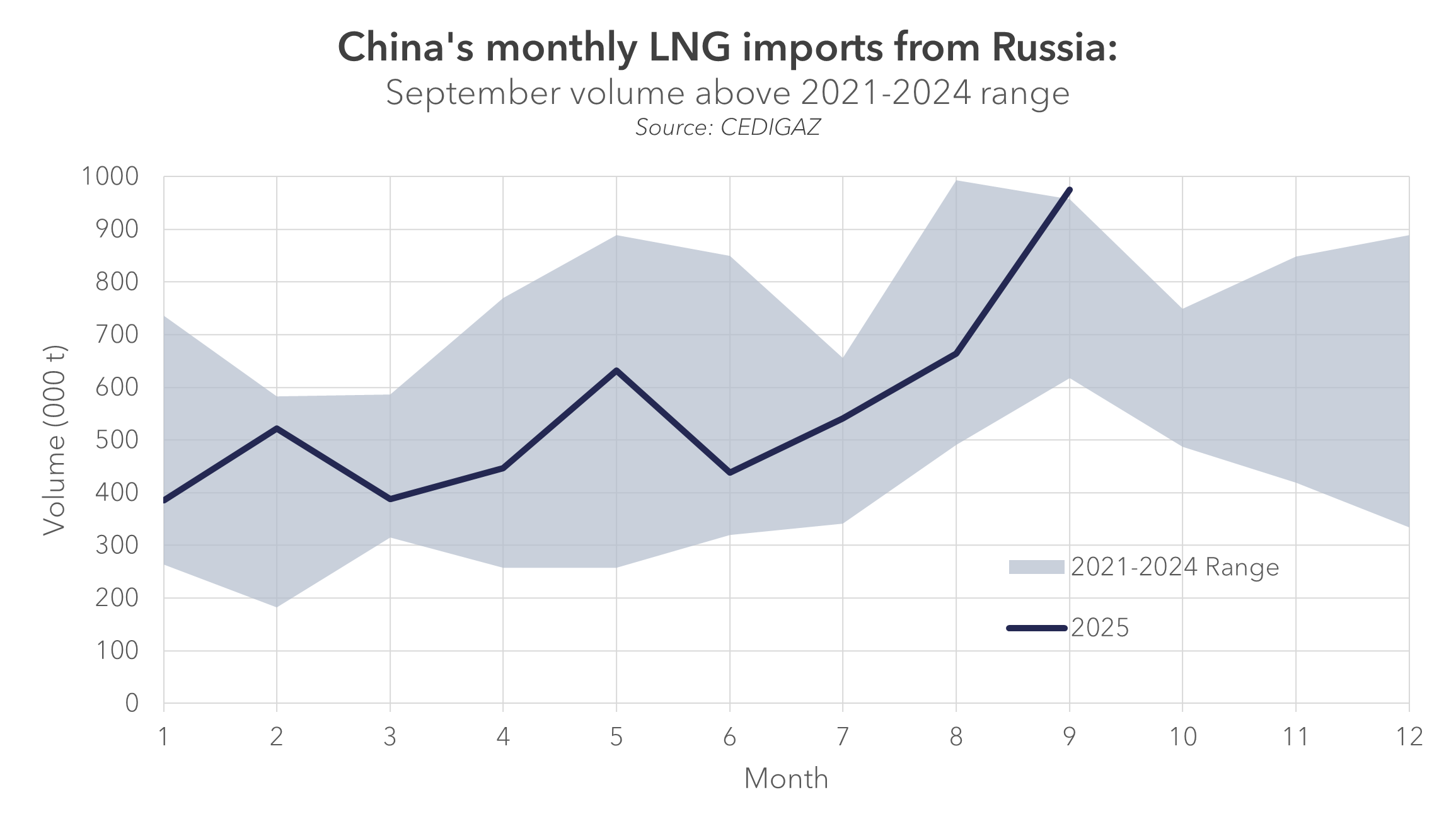

The bottom line: Qatar has moved ahead with the first phase of an expansion project that will sustain the country as the world’s largest liquefied natural gas (LNG) exporter.
The move signals Qatar’s willingness to compete and head off rivals like the United States, Russia, Australia, and even Mozambique. It also comes after a tough year in 2020 where Qatar did little to adjust output to prop up prices—a signal, again, that Qatar does not fear competition that pushes prices down.
Moreover, Qatar said it would undertake steps to reduce the environmental footprint of its production, a clear challenge to other suppliers to make their LNG less carbon intensive (more on that in the next section).
The only question is whether this investment will crowd out others, or whether the stresses that challenged the gas system in early 2021 will anyway trigger another cycle of investment into new projects.
The backstory: On February 8, 2021, Qatar Petroleum announced a final investment decision on the first phase of its North Field expansion project, increasing capacity by 43 percent from 77 million tons per annum (mmtpa) to 110 mmtpa (another phase, not yet approved, would lift capacity to 126 mmtpa, or 64 percent relative to 2021).
This is a big move—this one project is more capacity, on its own, than the average annual capacity that the industry has sanctioned over the past 20 years. If this were the only project sanctioned this year, 2021 would rank the third highest year for new investments since 2000. This is not an insignificant move.
Right after Qatar announced this decision, it signed three new long-term contracts in the span of one month (for deliveries into Pakistan, Bangladesh, and China), an unusual level of activity in a short time span.
These deals fit into Qatar’s strategy—mixing short-term with long-term sales, prizing flexibility but not being afraid to commit at the right moment and price, branching out geographically, etc.
There is also evidence that Qatar has been more flexible on price, a reasonable response for a country that has just committed to one of the largest expansions in the market’s history. Qatar has chosen volume over price—but without skimping on price.
What Qatar’s expansion means for the market remains to be seen. In part, it signals the arrival of the “era of the gas mega-players,” a market where the United States, Russia, Qatar, and China tower over all others—with all the geopolitical and market wrinkles that this entails.
And it also shrinks the space for competitors, especially at a time when concerns over carbon neutrality grow, creating a race for the last investment cycle.
Source: Nikos Tsafos
Follow on Twitter:
[tfws username=”ntsafos” height=”700″ width=”350″ theme=”light” color=”#FAB81E” tweets=”2″ header=”yes” footer=”yes” borders=”yes” scrollbar=”yes” background=”yes”]













